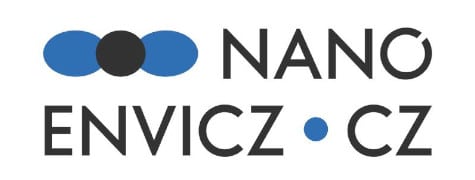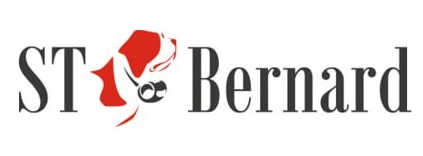Nothing Found
It seems we can’t find what you’re looking for. Perhaps searching can help.
[ socsitex ]
https://www.youtube.com/watch?v=164oRQ3mbVQ&
https://www.youtube.com/watch?v=164oRQ3mbVQ&
https://www.youtube.com/watch?v=8aovaBIoTco
https://www.youtube.com/watch?v=8aovaBIoTco
https://www.youtube.com/watch?v=BaUH4OIaizE
https://www.youtube.com/watch?v=BaUH4OIaizE
https://www.youtube.com/watch?v=ljESsCwzifI&
https://www.youtube.com/watch?v=ljESsCwzifI&
What’s new in research
Expanding Luminescence Horizons in Macropolyhedral Heteroboranes
The macropolyhedral compound anti-B18H22 was long thought to be the only boron hydride compound that exhibited fluorescence when illuminated with ultraviolet light. We have recently shown that new and, indeed, some previously known macropolyhedral compounds, containing sulphur or selenium, and exhibiting a wide range of structural types, possess luminescent properties. https://onlinelibrary.wiley.com/doi/full/10.1002/ange.202401872
Trace and Minor Element Analysis of Azurite Blues in Fine Arts: Possibilities and Limitations in Provenance Studies
This study investigates azurite (and malachite) pigments from important European deposits with special focus on their trace elemental composition. Using advanced analytical techniques, researchers discovered that specific trace elements, such as rare earth elements or uranium, can be key indicators of pigment provenance. These findings were applied to historical artworks, revealing that the overall trace […]
Experimental and Computational 77Se NMR Spectroscopic Study on Selenaborane Cluster Compounds
The study investigates the correlation between calculated and measured 77Se NMR chemical shifts in various selenaborane cluster compounds, showing that low-level quantum chemical calculations can reliably predict these shifts. This predictive ability helps in understanding the molecular structure of selenaboranes and efficiently locating 77Se resonances in experimental data. The findings highlight how accurate prediction of […]



